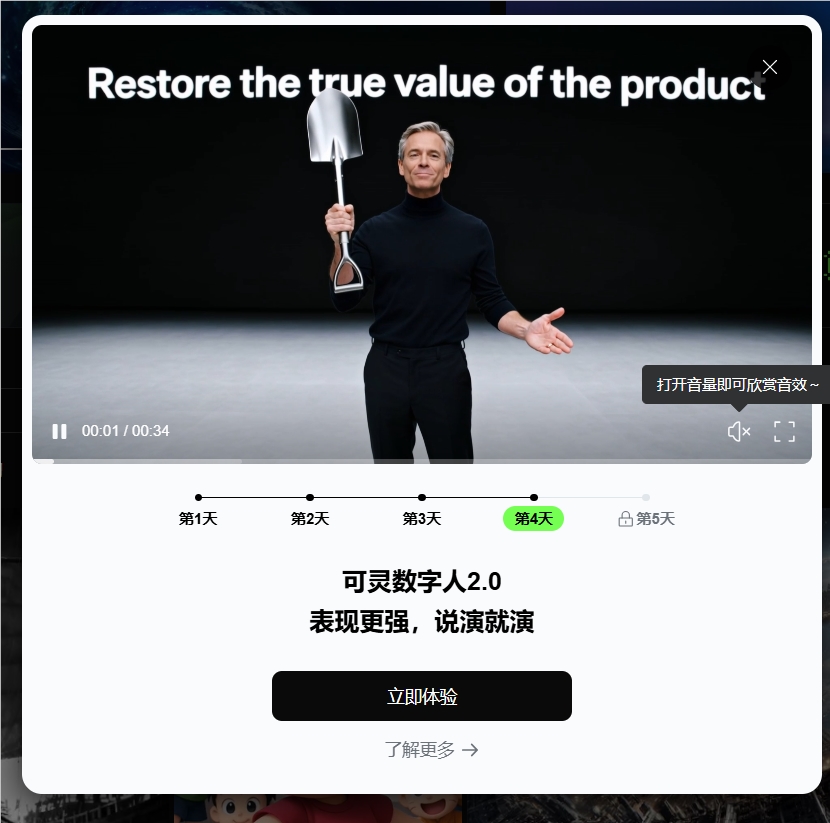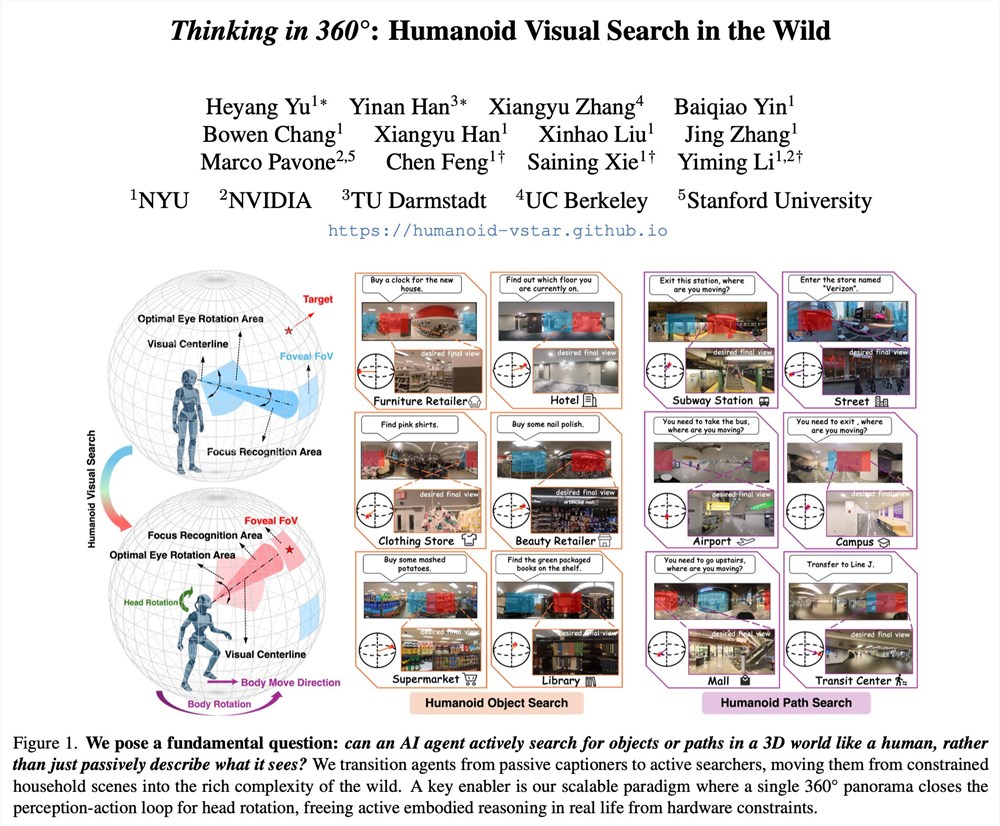On September 24, Keenon Intelligence officially launched its self-developed VLA large model - KOM2.0 (KEENON Operator Model 2.0), aiming to enable robots to better adapt to complex service environments. Tang Xuanlai, the company's CTO, said in an interview that the release of this new model will significantly enhance the service capabilities of robots in different positions.
The innovation of KOM2.0 lies in its unique architecture, which combines spatiotemporal adaptive attention mechanisms with hierarchical decision-making reasoning modules. This design allows robots to extract key information from massive real-time data and understand various relationships in complex scenarios. For example, previously, robots needed separate training for making drinks and popcorn. Now, with KOM2.0, similar actions (such as picking up a cup and passing a cup) can be integrated into a general skill, thereby improving efficiency and flexibility.

Keenon Intelligence has provided strong support for KOM2.0 through years of accumulated scenario data and daily operational data from 100,000 online robots. This has significantly improved the robot's environmental perception capabilities, enabling them to adapt to complex scenarios such as multi-robot coordination scheduling, greatly reducing the need for manual debugging. This not only lays the foundation for the rapid iteration of the company's products but also provides the possibility for future commercialization.
Since its establishment in 2010, Keenon Intelligence has been focused on the service robot field and has become a leader in the global commercial service robot market. The company's founder and CEO, Li Tong, stated that Keenon Intelligence's vision is to create a "world with 1 billion robots" by 2050, allowing everyone to have their own robot. He emphasized that although the humanoid robot industry is still in its early stages, robots will widely enter our lives in the future, providing various services.
In the international market, Keenon Intelligence has also performed well, with its overseas business accounting for 50% of total revenue. The company has multiple operating centers in countries such as the United States, Japan, and the Netherlands, and its products are available in over 600 cities across 60 countries worldwide. Li Tong revealed that the company's first bipedal humanoid embodied service robot, XMAN-F1, has already received preliminary market feedback, and the company will focus on promoting its application in familiar service scenarios in the future.
With continuous technological advancement, Keenon Intelligence's exploration in the service robot field is ongoing. Its goal is to make robots become full-time nannies in families, truly achieving smart living.








